Permalinks are another option. Key parameters for WordPress blogs, This is something you should do immediately after the launch of Your shiny new website.
Here are the reasons:
Why are permalinks important in WordPress
It’s basically through permalinks that the rest of the world can identify the content on your WordPress blog, as grand as it may sound.
Take, for example:
- A blogger may link to your content if they use one of your URLs.
- Share the URL if you wish to share your content via social media.
- Google uses the permalink to index content from your website.
- You can share your content with a friend by simply mentioning it in an email.
- You might miss some essential uses, but you get what I mean.
WordPress permalinks are a problem.
As great as WordPress permalinks are, the problem is that WordPress’ default permalink setting, which comes preinstalled, is not optimized.
This is what you will see if you visit your WordPress admin / Settings/ Permalinks after installing WordPress.
Therefore, the default permalink structure is:
http://www.YOURSITE.com/?p=251
- Where “251” refers to the ID of a particular post or page in the database.
Why is this Not Good?
The main reason is the structure like that gives you no possibility to optimize the permalink for neither human beings nor Google (Which is Bad for your SEO).
Here are the reasons:
Let’s say you publish content on “Why JamonIberico Is The Greatest Ham in All of the World.” Your permalink should be:
- http://www.YOURSITE.com/why-jamon-iberico-is-the-greatest-ham – then you’re basically giving everyone a hint as to what this piece of content is about. It is true for Google as well as human beings. This information is decoded by every algorithm, person, and bot.
- http://www.YOURSITE.com/?p=27 – then no one knows anything. It’s that simple.
How to set up permalinks in WordPress
This is a very easy task. The task is not easy.
- You will need to establish the permalink structure right after you launch your new WordPress website.
- The following should be done: For every piece of content, permalinksEach one.
This scenario will give you the structure that your site needs to be successful in the future. You can also fine-tune each page’s permalinks with #2.
Let’s quickly explain them both:
- How to set up the permalink structure in WordPress
1.1 Setting up an easy permalink structure
Go to your WordPress admin / Settings/Permalinks. Select this option once you’re there (Post name):
- To make sure that we are on the same page, it is the one marked “Post name.”
You might be asking why?
It simply holds the most clutter. There are no random numbers, dates, or arbitrary words (like archives). You can only control the post name 100%. (more details in the next point).
Note. You don’t need dates in your URLs. Dates discourage visitors from reading older content. Any date older than the last week or so looks out of date, even though it may still be valid and/or evergreen.
Once you have chosen the new permalink structure (“Post Name”), click “Save Changes” at the bottom of the settings page.
1.2 Custom permalink
A custom structure is another great way to create permalinks. These are URLs that end with the.html extension or the.php extension.
The user wants everything to be almost identical after migrating his website using the.html extension in the post’s URL. To make the content easier to crawl by Google bots.
No matter what your situation may be, we have the following tips:
Follow the same steps just like before, but we will use a custom structure.
The following code will be found on most custom structures:
/%postname%/
If it isn’t visible, please enter the code above in the custom box and click the save button.
Next, install the WordPress plugin titled Add Any Extensions to Pages.
After that, you can open it via Settings – Add any Extension to PagesEnter the code below. Please enter the.HTML click on the extension you want to add. Change settings.
Go back to the beginning. Settings – PermalinksJust clicks the button save Your changes. You can click the button, and it will not change any settings. This will reset your permalinks, which is necessary to enable the new extensions to work.
- How to set individual permalinks on pages/posts
Once you’ve established the permalink structure, you can start to modify individual pages and posts.
This can be done by going to each page’s editing screen. This little area is located below the title field when you edit content.
To modify the permalink, click on “Edit” You will see a box and can place anything you like there.
Conclusion:
However, the standard is to use either the full title of the post or a simplified version. This post’s title reads, “What Are Permalinks in WordPress?” How to Set Them and Why,” but the permalink part is just, permalinks-in-WordPress just like you can see above.
Take note. After publishing your page or post, do not modify the permalink structure. Permalinks are a way to make your pages and posts more searchable. Permanente name is derived from the fact that it was. It is more difficult to find your content if you change these links later.
This is all there are to permalinks in WordPress. Point #1 is only necessary once your site has been launched. Therefore WordPress can automatically create optimized permalinks for pages and posts, so #2 is easy. You can check if WordPress’ permalink is correct before you start creating new content. If it doesn’t, you can tweak it to fix any problems.
After launching a WordPress site, there are 10 things you need to do.

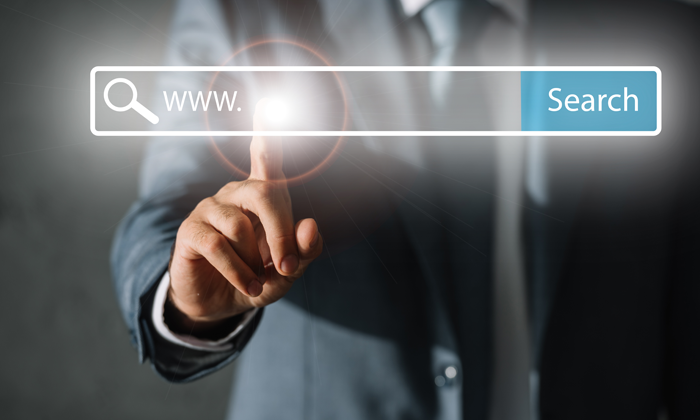
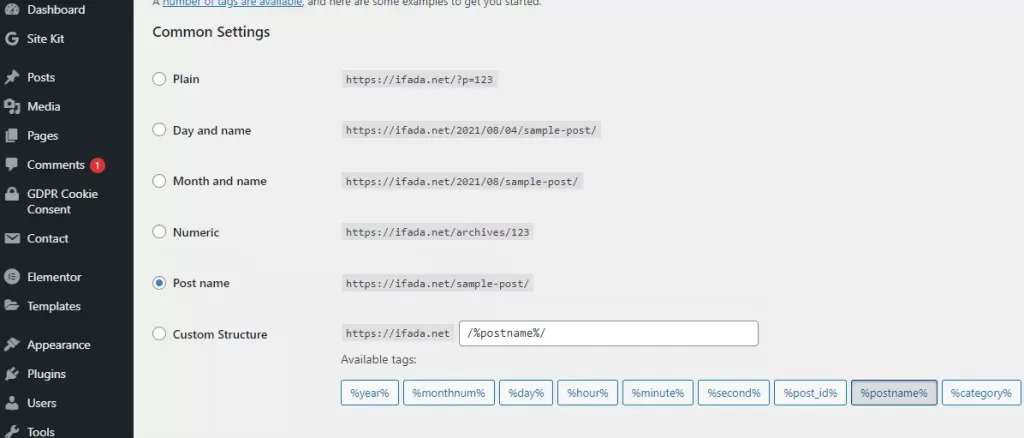
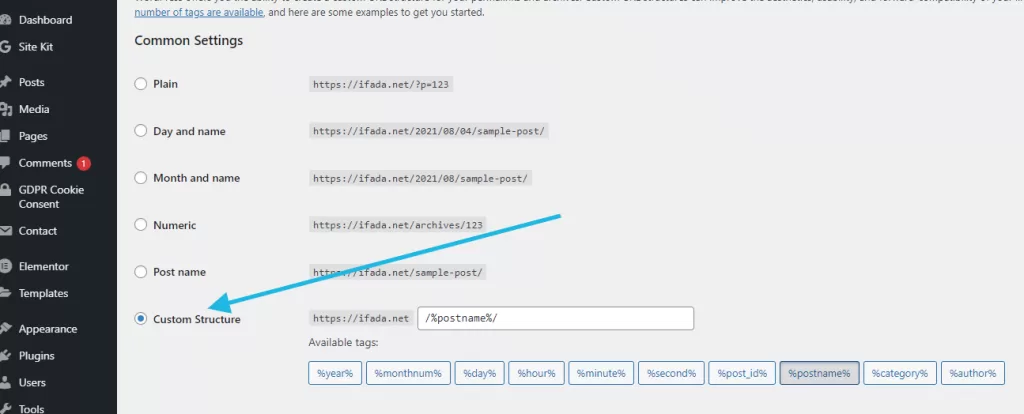


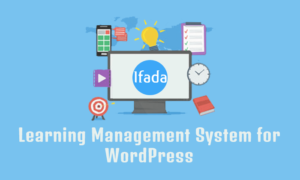
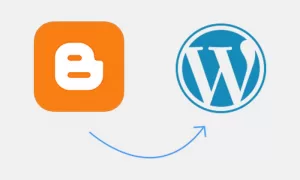
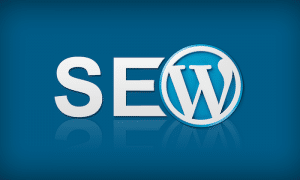
Good information